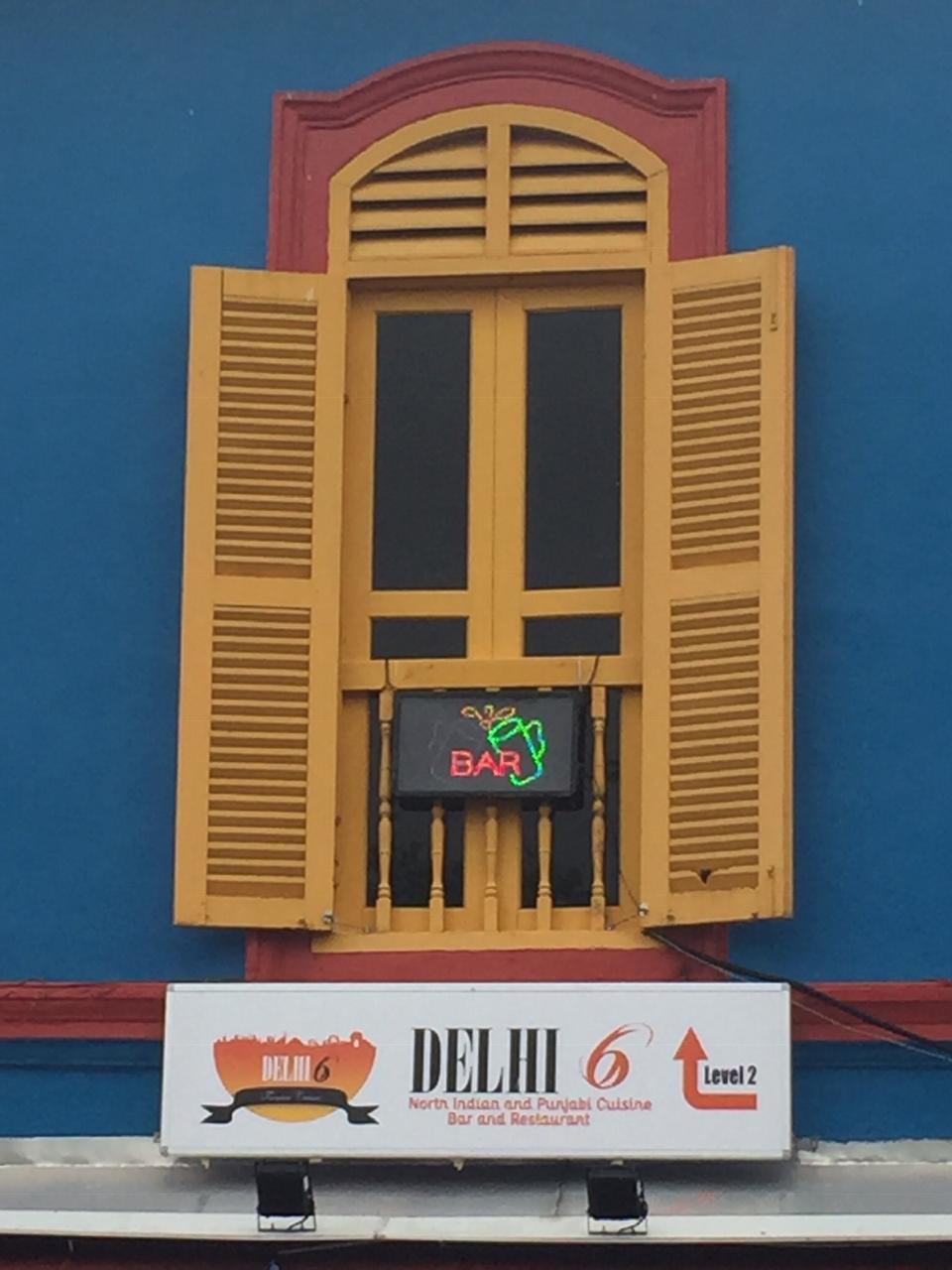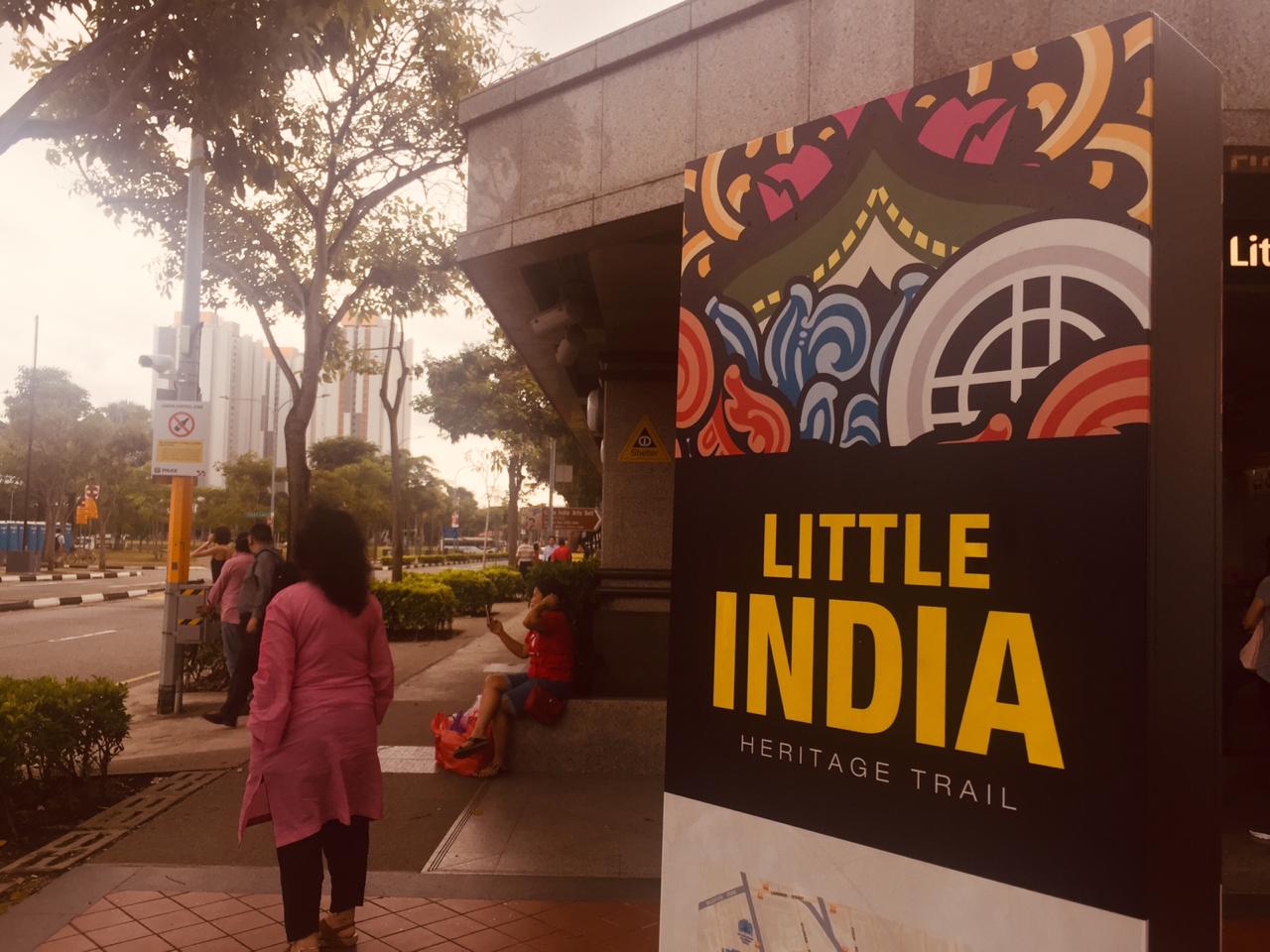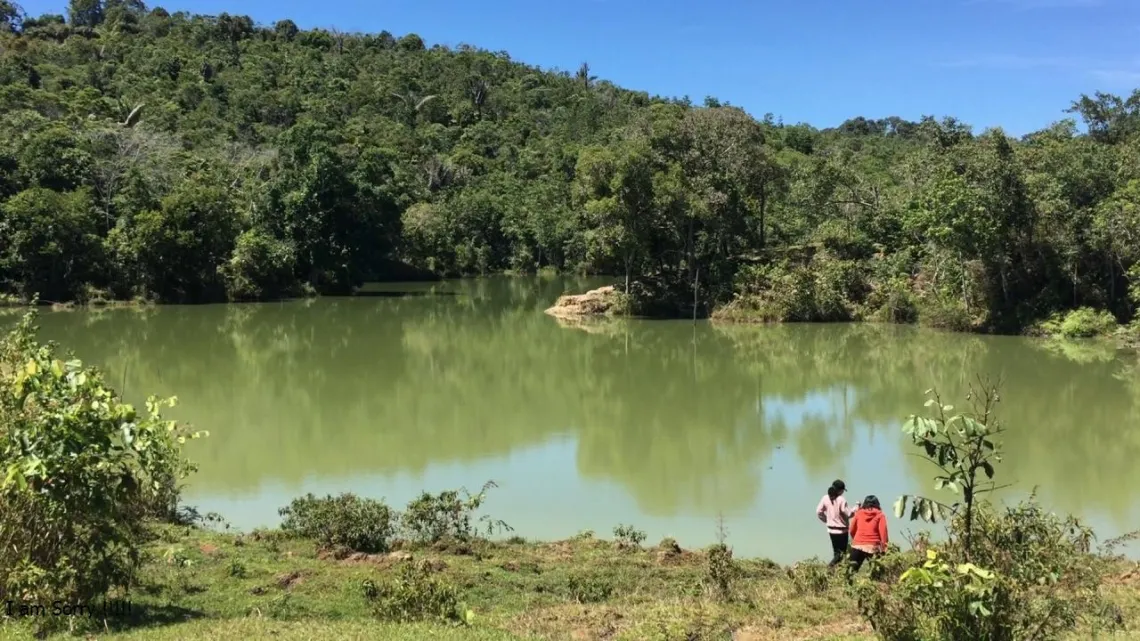The fragrance of incense that anesthetizes the nose. The colors are eye-catching. Chanting prayers that calm the heart. Then the rhythm of the language that lil like song. And the morning rain in the middle of July 2019 presents a nostalgic romance in Ashwini Shrivastava’s heart and mind.
This young journalist is more than 2577 miles from his homeland in New Delhi, India. Yes, he is in Little India. He stands at the residence of the Indian ethnic community in Singapore.
“Little India truly reflects most of India’s essence for me,” said the Assistant Editor, Press Trust of India.
While continuing to walk, Ashwini looked up. He seemed to be trying to sip the fragrance of incense and flowers along the road.
I also followed it. Taking a deep breath, sipping the fragrant incense with various spices. I felt carried into a magical atmosphere.

As we tread along Little India, the atmosphere is lively but soothing. This is a piece of Hindustan Land that was blessed by God and then fell in Singapore.
The Sri Veeramakaliamman Temple which stands firmly in the middle of Little India also adds to the Hindustani romance. This temple was established to worship the Kali Goddess, the Evil Destroyer.
“This is truly a piece of India in Singapore. There are temples, mosques and Indian-speaking people that I can meet. This all brings my memory away to my hometown,” Ashwini said.
Such nostalgic romance is not only experienced by Ashwini. Saddia Mazhar, Correspondent of Daily Parliament Times from Islamabad also felt the same. If Ashwini was Hindu, Saddia was Muslim, but their memories of their homeland on one land united them.
“I felt like I was in heaven on my first visit to Little India. I can smell the spices, vegetables and especially the aroma of our daily food. Yes, little India is a place that illustrates the true culture of India, “Saddia told me at one time.
For me who likes cooking, Little India looks like an oasis in the dessert. Fresh vegetable and fruit market is so interesting. All tropical vegetables and fruit can easily be found there. The price is cheap.
The Moringa leaves, drum sticks, eggplant of various colors, mango, orange and durian available there. Under the tables where the vegetables and fruits was placed, a slice or two slices incense was lit. Fragrance of incense infiltrated in all directions. Coupled with flowers anointed with the scent of spices.
“This is a perfect example of how one can get Indians out of India but cannot get India out of Indians. What they are trying to do is build their small community neatly in a land far from their hometown,” continued Jayshree Pyasi, journalist from Mumbai.
These three journalists came from the same land and were bound by the same culture, even though they were of different religions. And now they were stand in Little Indian together, feel the atmosphere of their hometown in Singapore.
Like me, Ashwini, Saddia and Jayshree who were given a fellowship by the Temasek Foundation to study at the Institute of Policy Studies, Lee Kuan Yew School of Public Policy at the National University of Singapore. We are participants of the 2019 Asia Journalism Fellowship who were brought together in Little India, a place that evoked romance.
The Little India is an ethnic district in Singapore. Located east of the Singapore River – across from Chinatown and north of Kampong Glam. Both areas are part of the Rochor City planning area. The Indian community in Singapore calls it Tekka.
This region was formed from the British Colonial Government’s ethnic segregation policy at that time. However, as the area became busier and land competition increased, many Indians moved to what is now known as Little India.
This region is now one of the most attractive tourist destinations in Singapore besides other iconic destinations.
I am sure that if one day you return to Singapore, you will definitely take the time to visit Little India. The scent of incense and the aroma of the food is not something that is easily forgotten. I also fell in love with Little India. ***




